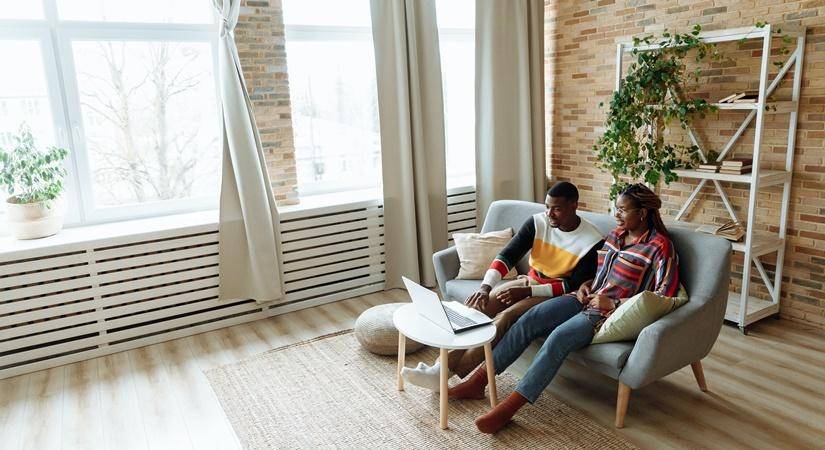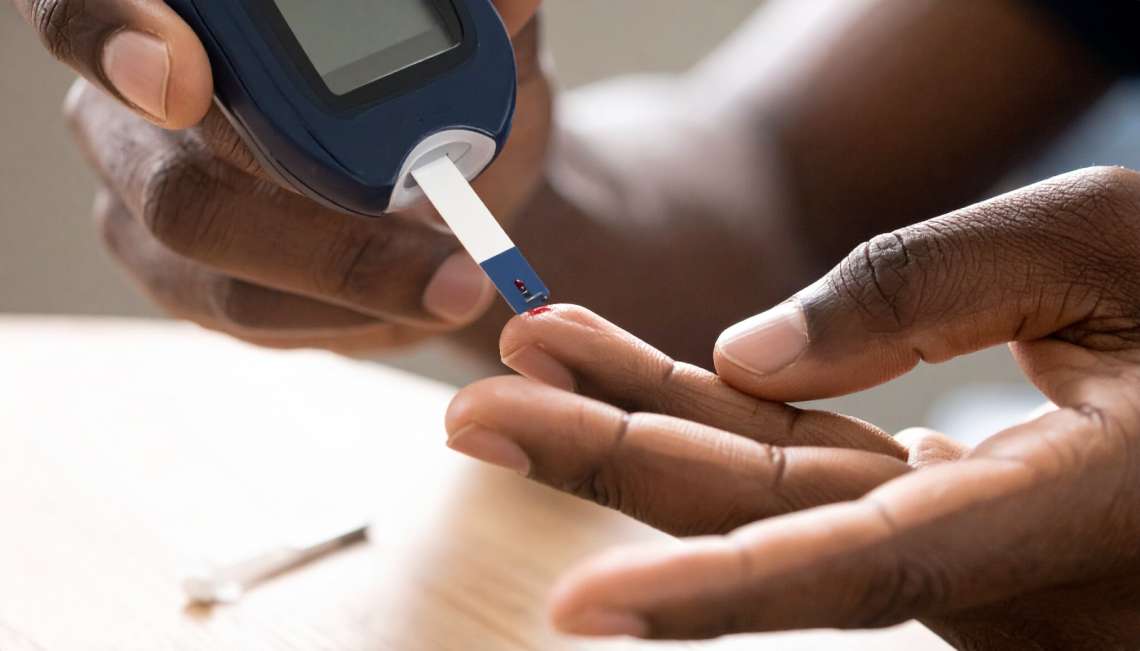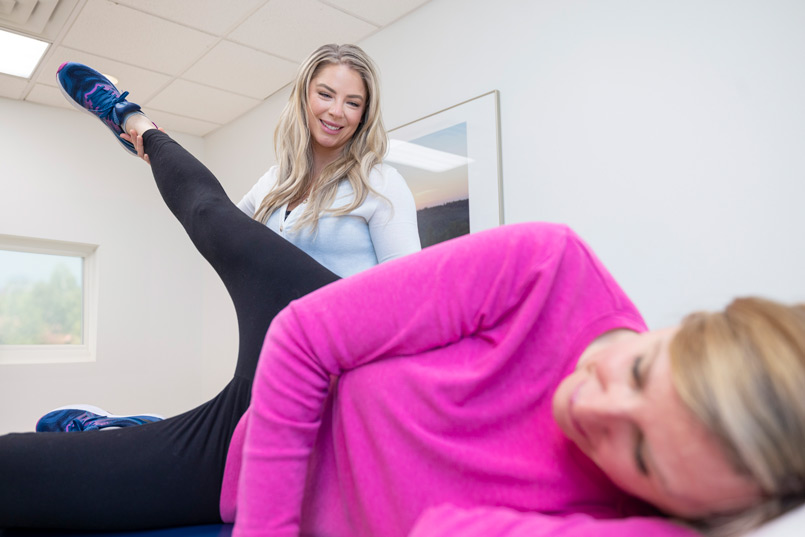More than two-thirds of the more than 500 individuals who took part in a study conducted by Godrej Interio’s Workspace and Ergonomic Cell said they spent close to nine hours sitting…reports Asian Lite News
The Covid-19 pandemic has forced most of us to work from home for a large part of the last two years. While there have been pros to it, it has also brought along its fair share of challenges. One of the biggest has been the lack of adequate office infrastructure in our homes.
Our homes were naturally not kitted out to double up as offices. While some of us have been able to invest in ergonomic office furniture, many of us have simply lacked the space to create a home office set-up. As a result, we worked sitting on floors, from our couches or even sprawled out on our beds.
This, combined with the sedentary lifestyles the pandemic forced upon us, has taken a toll on our health. Just as we became well-versed with the ins and outs of epidemiology, so too did awareness about musculoskeletal diseases (MSD), incorrect postures, backaches and stiff necks increase.
In fact, conversations about healthy ergonomics have very much entered the post-Covid-19 medical mainstream. Just as offices are taking special care to sanitise workplaces and ensure social distancing as they prepare to reopen, so too must they invest in creating an active, ergonomic workspace.
More than two-thirds of the more than 500 individuals who took part in a study conducted by Godrej Interio’s Workspace and Ergonomic Cell said they spent close to nine hours sitting.
Prolonged sitting can lead to a whole host of health issues — from lower back pain and neck and shoulder complaints to joint compression, soft tissue injuries, muscular imbalances and reduced blood circulation.
In addition to personal health, long hours spent sitting also take a toll on organisational health as it can lead to lowered productivity. The Godrej Interio study, for instance, found that nearly a third of the respondents surveyed took leaves of between 1-3 days a year due to pain and body stiffness.
This is because the impact of MSDs can be widespread, acting as triggers for reduced sleep, poor quality of life and low self-esteem which compound to lead to reduced concentration and a lack of satisfaction at work.
Yes, offices have traditionally always been ‘sitting’ spaces. But as was the case on many fronts in the pandemic, its enforced pause has given us the opportunity to introspect and identify what we can do better and how.
And offices can certainly do ergonomics better. Alternating postures, alternating between sitting and standing, is the best solution in addition to mobility exercise to battle MSDs. But most offices aren’t equipped to allow employees to switch between sitting and standing.
Nearly two-thirds of those surveyed in the Godrej Interio study who regularly changed postures at work reported being free of MSDs compared to only 38 per cent who spent their working hours sitting.
But, only 10 per cent of companies in India are equipped with sit-stand desks.
At the same time, 57 per cent of the employees the study surveyed said they used storage cabinets as makeshift desks at which they could stand and work.
Reena Valecha, Principal Ergonomist — Workplace and Ergonomics Research Cell, Godrej Interio, said, “As much as MSDs and other discomforts have a serious impact on sedentary workers, they are largely ignored and not given proper thought. To promote the awareness and educate sedentary workers about alternate posturing at work, employers can install ergonomically well-engineered innovations like; Move-up desks by Godrej Interior for their employees’ well-being. This desk recognises the uniqueness of each person and facilitates fluid transitions between working positions through the use of its very own app. The app indicates the duration of time the user spends sitting or standing and triggers action accordingly while enabling the motion of the desk.”
Clearly, whether they are aware of the health benefits or not, employees prefer to switch between postures. Giving them an all-purpose desk, or sit-stand desks, which they can stand or sit at is an easy and effective solution for companies to implement.

Sit-stand desks are those whose height can be adjusted manually or electronically. Since they can be used for sitting or standing, they occupy the same space as any conventional desk and don’t need special areas designated for standing-only workstations. These desks have been proven to improve productivity, boost concentration and enhance creativity. As a result, employees are also likely to be happier at their work.
Since the pandemic, offices have begun to make significant efforts to look after the well-being of their employees. This includes measures to safeguard their mental health and obviously Covid-19 safety measures. What better time than now, then, to also take steps to ensure employees’ ergonomic well-being? It’s a change that’s long overdue.
ALSO READ-Try some quirky, fun makeover to glam up your nails












